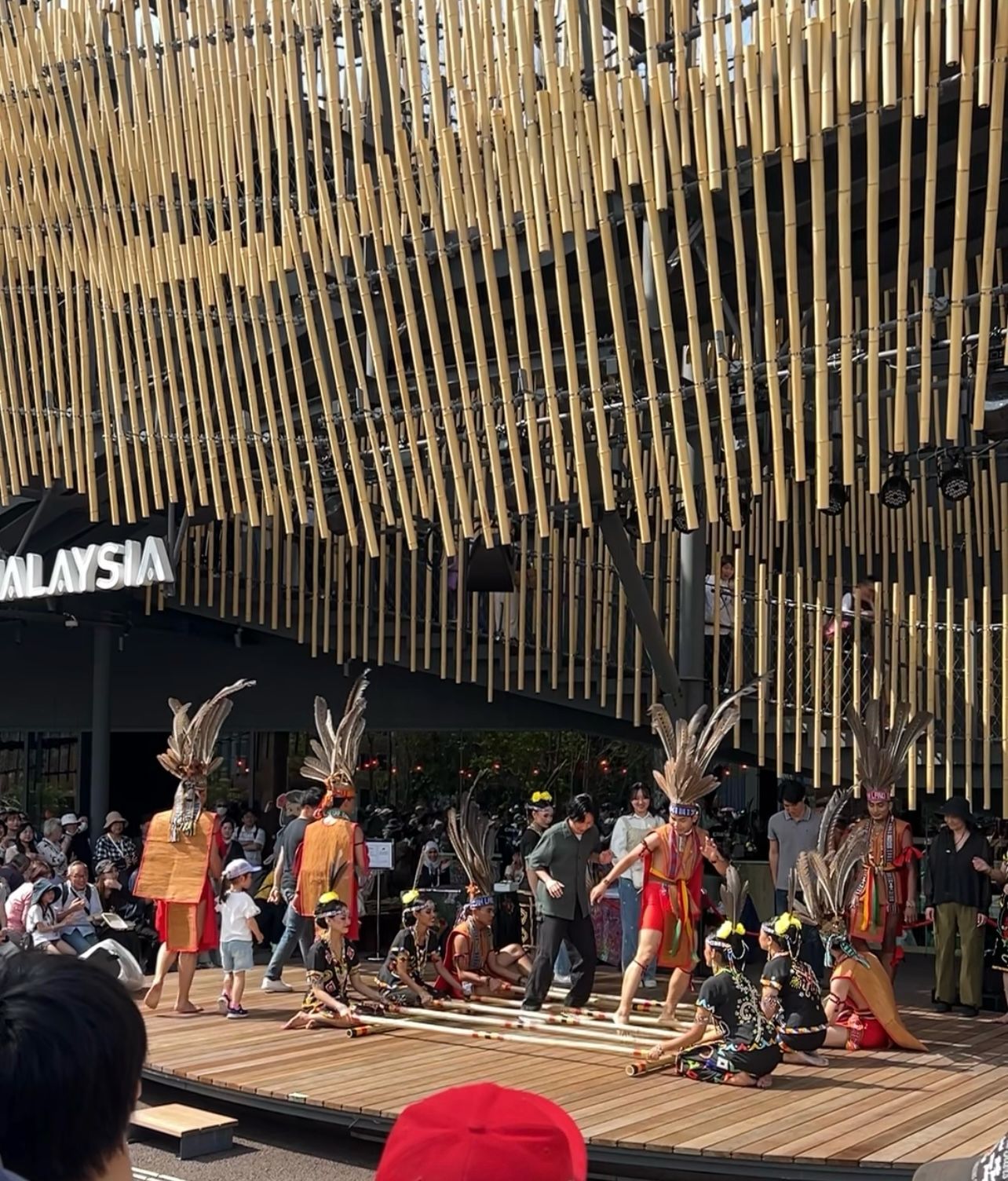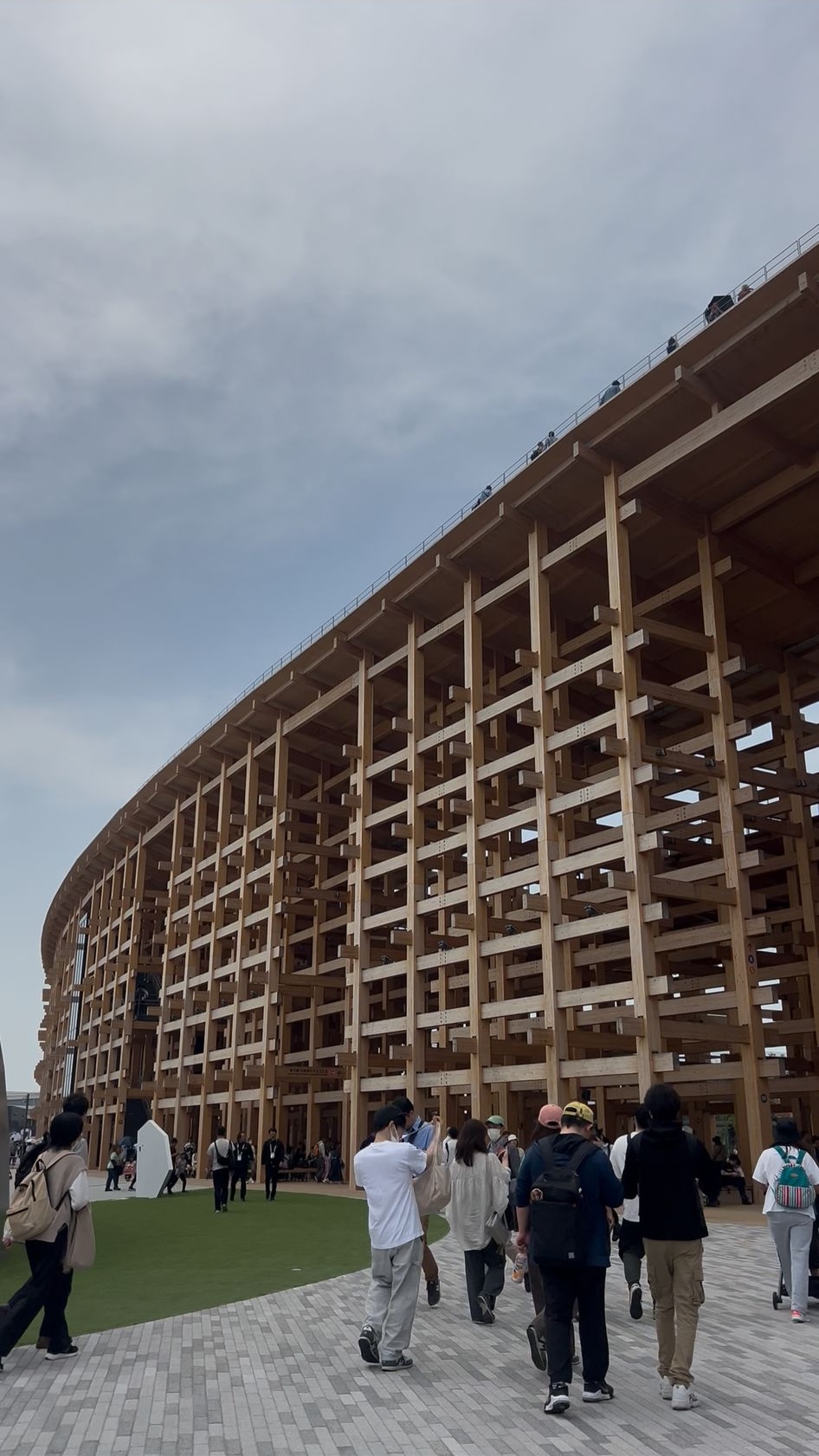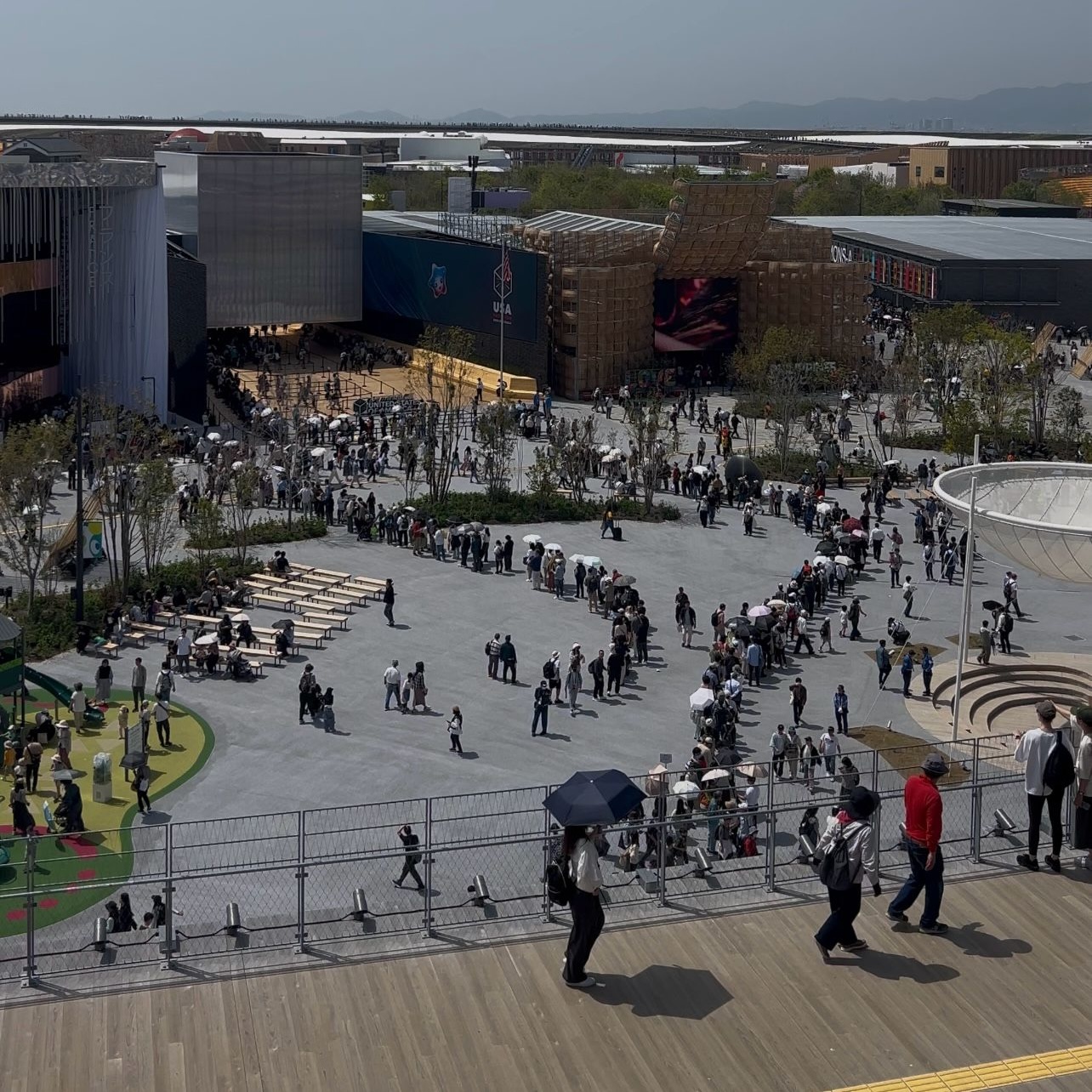Tradition and Technology Converge at Osaka 2025 Expo
Diversity on Display Among National Pavilions
The Osaka Expo 2025, with its theme “Designing Future Society for Our Lives,” brings together culture and innovation in a way that is both forward-thinking and deeply rooted in tradition. On Yumeshima Island, the event invites visitors from around the world to consider how history and technology can grow together while grappling with today’s geopolitical landscape.
Walking through the pavilions, each one stands out in its own unique way, underscoring the diversity of this event. The Philippines Pavilion, for instance, carries the theme “Nature, Culture & Community Woven Together for a Better Future.” Its stunning structure, crafted from native timber and decorated with more than 200 handwoven textiles from eighteen regions, reflects the country’s diverse localities.
Peru’s Pavilion also stands out for its vibrant showcase of natural beauty and cultural legacy. From the lush Amazon to the peaks of the Andes, Peru’s rich ecosystems are front and center. Visitors can explore ancient Incan contributions to farming and astronomy through interactive displays while also sampling traditional cuisine and witnessing local crafts.

Across the Osaka Expo, live performances add even more color. At the Malaysian Pavilion, dancers perform Magunatip, a traditional bamboo dance requiring incredible precision and timing. It’s both a celebration of cultural pride and a global invitation to appreciate Southeast Asian heritage. These live performances not only honor the region’s traditions but also reflect Japan’s strategic positioning as a cultural conduit between East and Southeast Asia.
By showcasing their vibrant cultures, biodiversity, and communities, these nations display national pride as well as craft strategic narratives. The Osaka Expo 2025 provides visibility and opportunity to assert soft power and engage with potential new partners. Peru and the Philippines use the global expos to strengthen their global image, attract tourists, and invite foreign investors while presenting themselves as responsible stakeholders for climate action. By expanding the Expo to ASEAN countries and the Global South, this could also be seen as a diplomatic move in strengthening regional ties and business collaboration within an unpredictable geopolitical environment in the Indo-Pacific.
Technological Innovations Showcase Latest Advances
In contrast to the cultural elements, the Expo’s tech offerings look straight into the future. Coca-Cola introduced vending machines powered by hydrogen cartridges with no electrical hookup needed. Meanwhile, retailers like 7-Eleven are deploying “newme” robots, remotely operated avatars that help customers. Lawson, is testing multilingual digital assistants, showing how telepresence could reshape customer service.

Transportation is evolving, too. One of the most futuristic installations is the EXPO Vertiport, a hub for electric vertical takeoff and landing vehicles (eVTOLs), showcasing what everyday urban mobility might look like in just a few years.
Architectural Form and Function Blend in Expo’s Grand Ring
One of the most inspiring elements of the Expo is the Grand Ring, a massive wooden structure designed by architect Sou Fujimoto. Built almost entirely from Japanese timber, it circles the entire Expo grounds. The design merges ancient techniques with contemporary engineering, reflecting Japan’s deep respect for nature and sustainability. It’s not just functional—it’s symbolic, bringing together the different pavilions under one unified and harmonious form.

Amid Spectacle and Narratives, Some Critiques and Concerns
The Expo 2025 has provided a nuanced view on the collaboration of culture and technology, but it also contains tensions that are inherent in that coexistence. The most difficult balance between that tension is cultural authenticity and commercialization. Some critics question if traditional performances and crafts are being portrayed as simple spectacles for global consumption, devoid of their deeper context and purpose.
Another criticism is the disparity in pavilion size, funding, and visibility, which maintains global hierarchies inside the Expo. Wealthier nations often had larger, and more technologically advanced exhibitions, while smaller countries may struggle, especially after the effects of COVID-19, to attract attention despite their diverse cultural presentations. This raises the question: whose narratives are centered and whose are sidelined? These inequalities raise important questions about representation and power: Is the Expo truly a space of equal exchange, or does it subtly reinforce existing geopolitical and economic orders under the guise of global cooperation?
Beyond social issues, the Osaka Expo has grappled with numerous technical issues, from construction delays and budget overruns to public skepticism over the relevance of such global gatherings in times of climate crisis and economic uncertainty.
Navigating Geopolitical Tensions
Osaka Expo 2025 takes place amid an atmosphere of rising global instability, where international collaboration is in disarray from geopolitical divisions among major powers, especially the United States, China, and Russia.
Trade wars, technological competition, and disputes over Taiwan and the South China Sea have strained tensions between the US and China and have added pressure to international diplomatic events. Both countries are participating in the Expo, and their pavilions may reflect their competing visions of future society, global governance, and innovation.
While China may highlight state-led infrastructure development, technological advancement, and the Belt and Road Initiative, the United States may place more emphasis on ideals like democracy, transparency, and free market. Instead of fostering peaceful cultural exchange, these opposing and competitive narratives potentially pose a risk of transforming the Expo into a symbolic platform for soft power competition, hindering potential development.
Meanwhile, Russia’s geopolitical isolation, stemming from its invasion of Ukraine and subsequent sanctions and international condemnation, creates a notable absence at the Expo. Yet its strategic interests remain a quiet undercurrent in the event’s dynamics. While Russia has historically leveraged world expos to highlight its scientific and cultural achievements, it withdrew from the Osaka event due to conflict-related restrictions. Expo Minister Hanako Jimi stated, “If the current situation does not change, Russia’s participation in the expo is not expected,” underlining Japan’s strong commitment to Ukraine. The Expo must consider if it can remain a neutral platform in a world divided by war and global realignment.
Furthermore, Japan’s position as a US ally, combined with its tensions with China and cautious approach toward Russia, creates unique challenges for its expo hosting role. The Expo showcases Japan’s technological advances and cultural diplomacy amid complex geopolitical relations. Several nations have scaled back or postponed their participation due to shifting diplomatic priorities, security concerns, and financial constraints, all of which are intensified by rising international tensions.
Competing Visions, Shared Horizon
Despite these conditions, the Osaka Expo strives to present itself as a cultural and technological crossroads, balancing competing interests of international collaboration and sovereign agendas. Osaka Expo 2025 demonstrates that cultural heritage and technological advancement don’t have to be at odds. Rather, they can complement and elevate one another. This event offers more than a glimpse into the future. It offers a framework for how tradition and innovation can move forward hand in hand.



